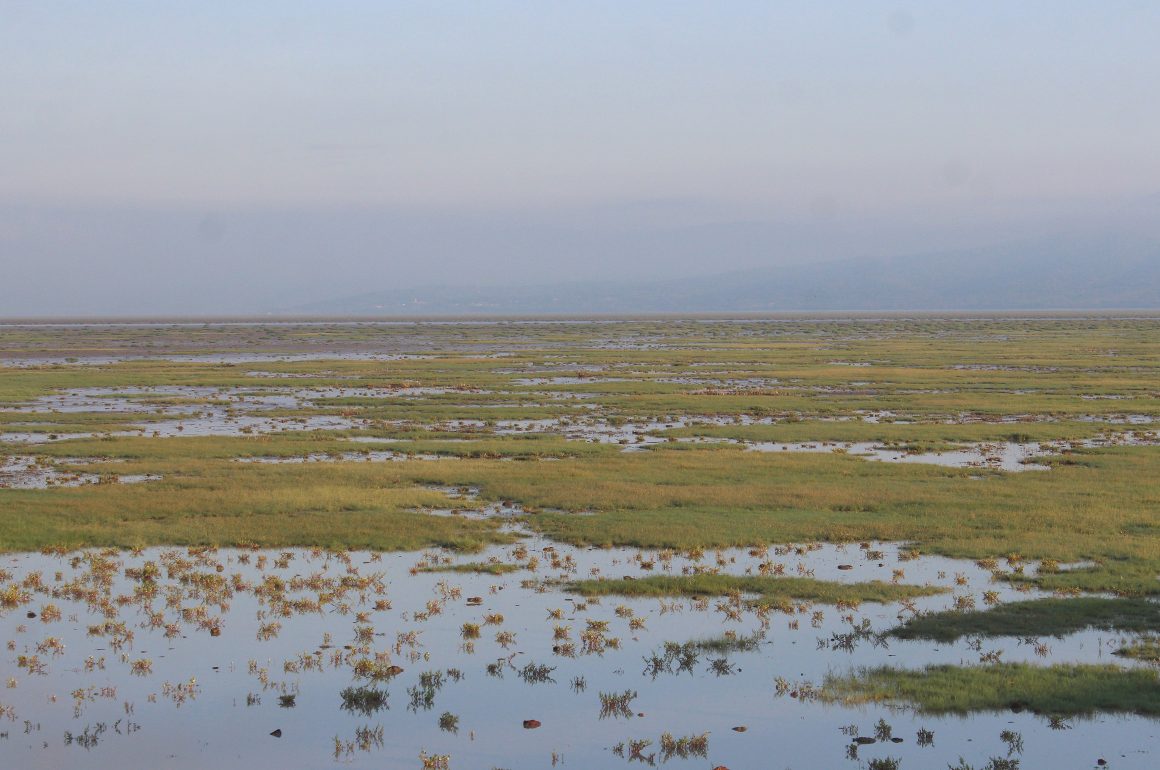
Those infinitely patient saints who read all my ramblings know that over the past year I have been obsessed with the gradual disappearance of Mexico’s second-largest lake, Lake Cuitzeo, just north of my home city of Morelia. This lake, with a surface area of up to 150 square miles in good years, is my go-to site for dozens of waterfowl and shorebird species, so I take its health personally. It is also a vital wintering and migratory site for most of these species, so I imagine they take its health very personally, as well.
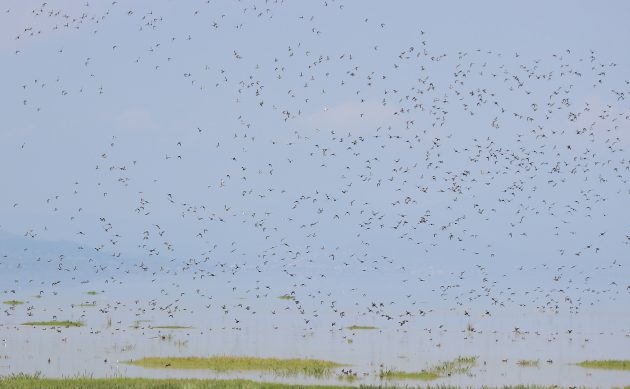
Each of the dark marks in this photo from August, 2018 was a duck.
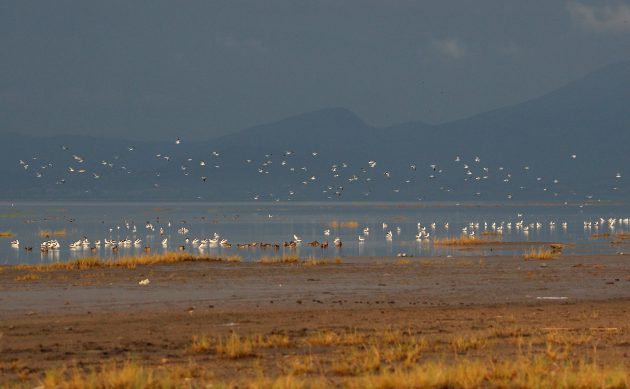
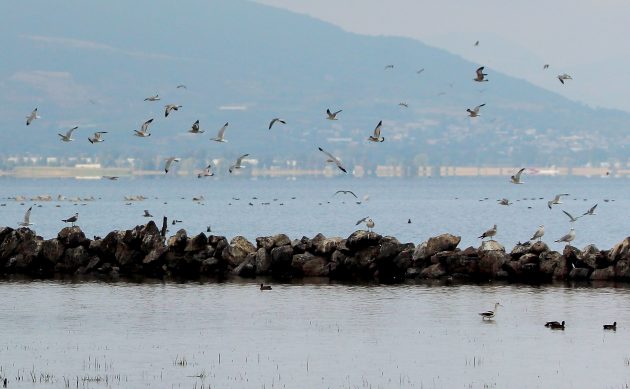
There were lots of gulls and terns in November of the same year, as well.
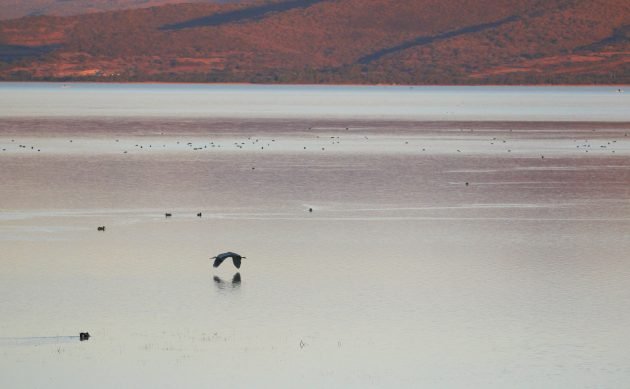
But mostly, there was just lots and lots of water.
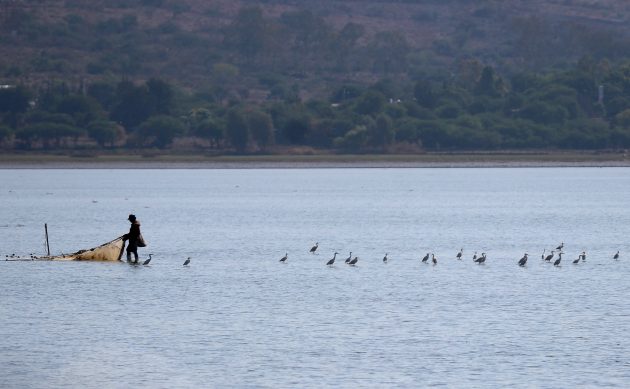
And yet, less than halfway through our 2020-2021 winter dry season, Lake Cuitzeo had essentially dried up. Something like 5% or less of the lake managed to hold onto a few inches of water, which was enough to keep some smaller shorebirds around. But such a shallow water depth doesn’t work for our many duck species, and these, along with most gulls, terns, grebes, and larger shorebirds, were nowhere to be seen after the first two weeks of January. In a normal year, I would report thousands of individual ducks at the lake from February through April; this year, I reported none. I am sure this means millions of individual birds were displaced by this drought event.
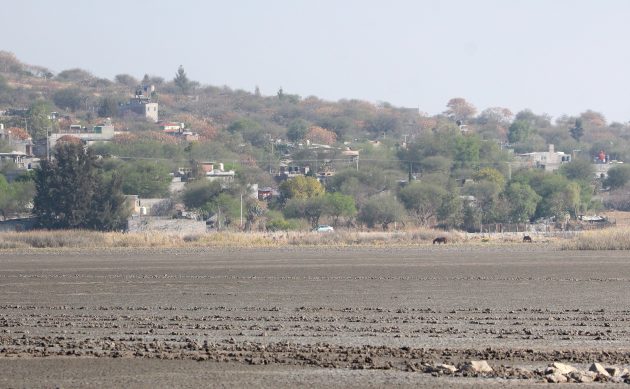
Most of the lake looked like this by the 1st of March.
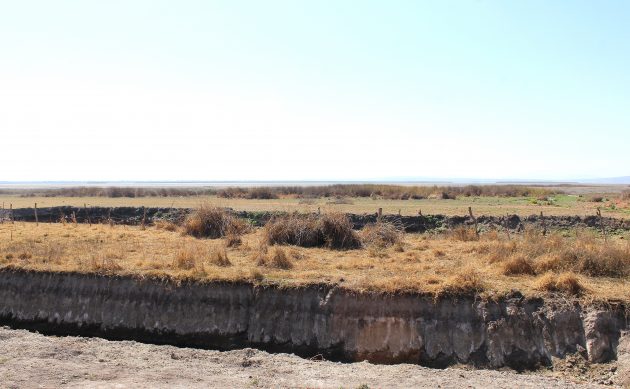
Even a view of the lake’s center didn’t look much better.
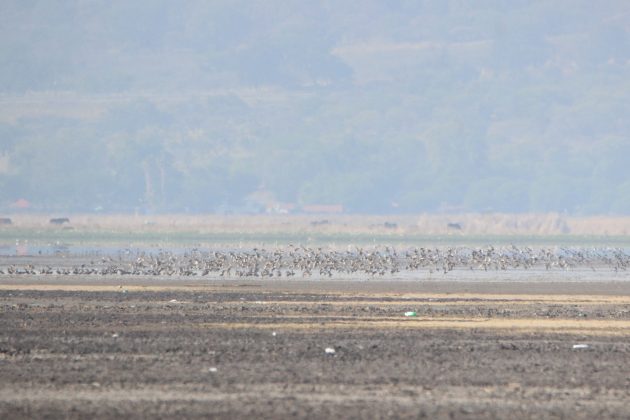
You might think this concentration of Stilt Sandpipers, and a few other shorebirds, was a good thing. But it actually showed the extreme crowding, into the very small remaining area of water, of birds that should have been spread over many dozens of square miles.
The good news is that this summer central Mexico is experiencing its best rains since 2018. Even the American Southwest is benefitting from our newly-abundant monsoon rains, with Arizona and New Mexico now mostly out of the “exceptional drought” category. Down here, it’s green as far as the eye can see. So I had high hopes I might find signs of Lake Cuitzeo’s waters returning when I headed there last week.
What I found was not entirely encouraging, but it was surprising. In years with abundant summer rains, all of Lake Cuitzeo makes it through our dry season intact. In “normal” dry years, the lake’s eastern half, fed by several rivers, remains almost full; but not enough water makes it through the spillways of two roads crossing the lake to prepare the western lake for the long, dry winter, and this dries up completely.
But it turns out that when the entire lake dries up (which has apparently only happened three times in the the past century), direct rainfall impacts the lake more quickly than incoming river water can. So, for the moment, the lake’s western half is wetter than the eastern half. There is no water yet around the eastern non-toll road. After getting to know the lake’s normal cycles quite well, I find it surprisingly disorienting.
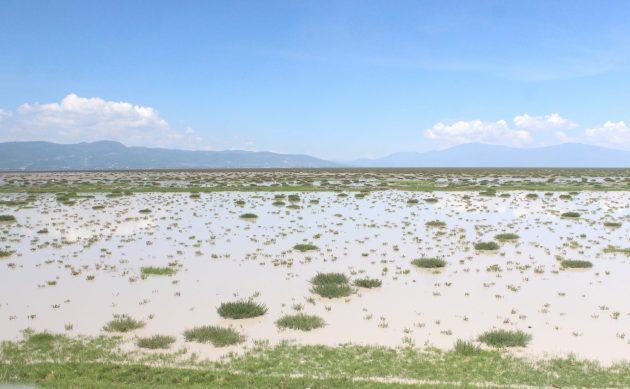
This view, to the west of the toll road, shows what is normally the driest part of the lake.
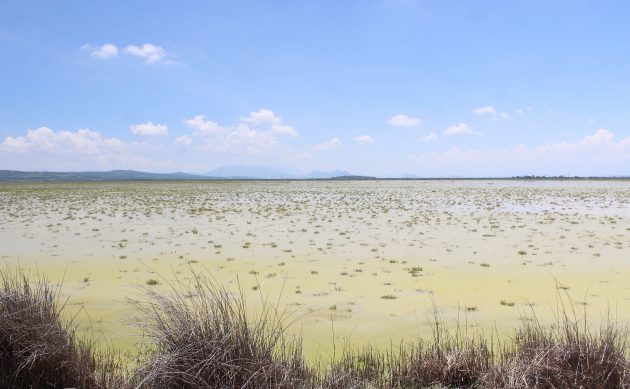
This greenish tone suggests there is more algae in the waters to the east of the toll road. I suspect these waters are shallower.
And are the birds returning with the water? Actually, at this point, not so much.
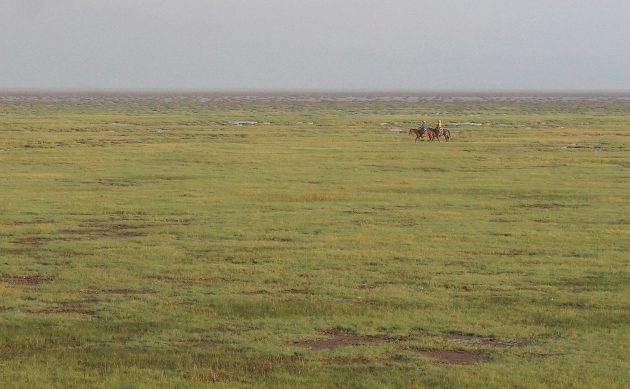
Oh, look! They’re riding horses on my lake.
My outing’s total count for water-dependent waterfowl, shorebirds, herons, gulls, and terns (I’m leaving land-loving Cattle Egrets out of this count) was around 120; the count for a similar date in 2018 was around 2000 individuals. I had never seen so little life at the lake.
Still, there were a few good signs. While numbers were low, our first migratory Baird’s Sandpipers and Wilson’s Phalaropes had arrived from their breeding grounds up north, right on time. A single Laughing Gull turned up in his breeding plumage, several months early. An immature White-tailed Hawk wheeled overhead, many miles north of where they can usually be seen locally. And a lakeside Cactus Wren revealed what’s for lunch, showing that the circle of life continues, whether it rains or not.
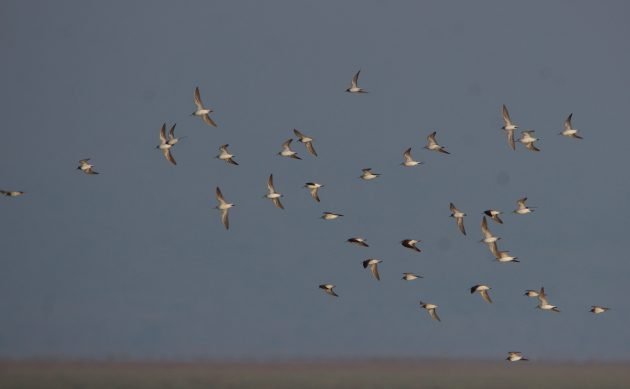
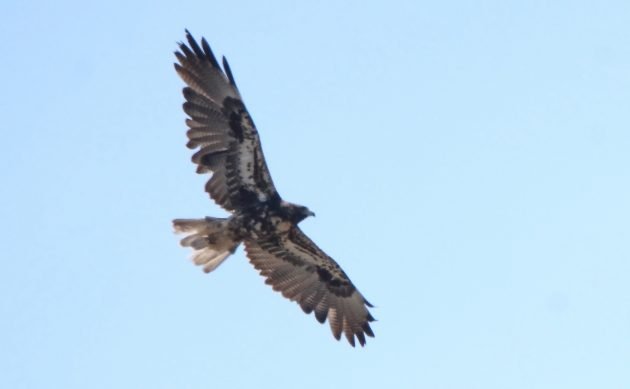
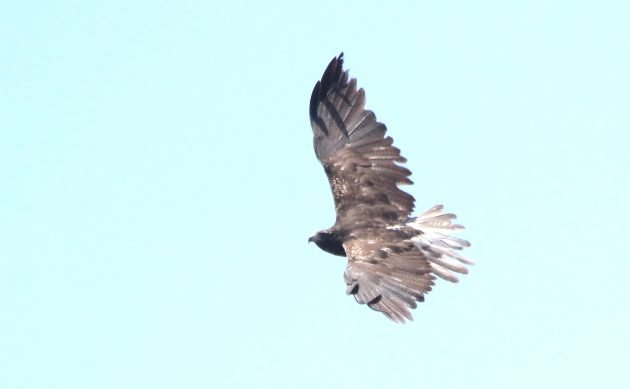
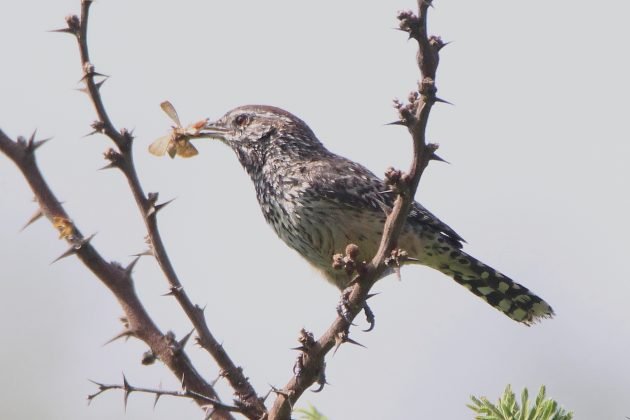
I feel a bit guilty when I share with my nature-loving sister the news about our rains’ return this summer. She lives in the San Francisco Bay Area, and will not know until fall if their drought will also give way this year. So I also send my sympathy to 10,000 Birds’ readers along the U.S. west coast, Pacific Northwest, and western Canada. I dearly hope the second half of 2021 brings you good news, and that we can all soon get back to sharing abundant water-loving wildlife.













Leave a Comment